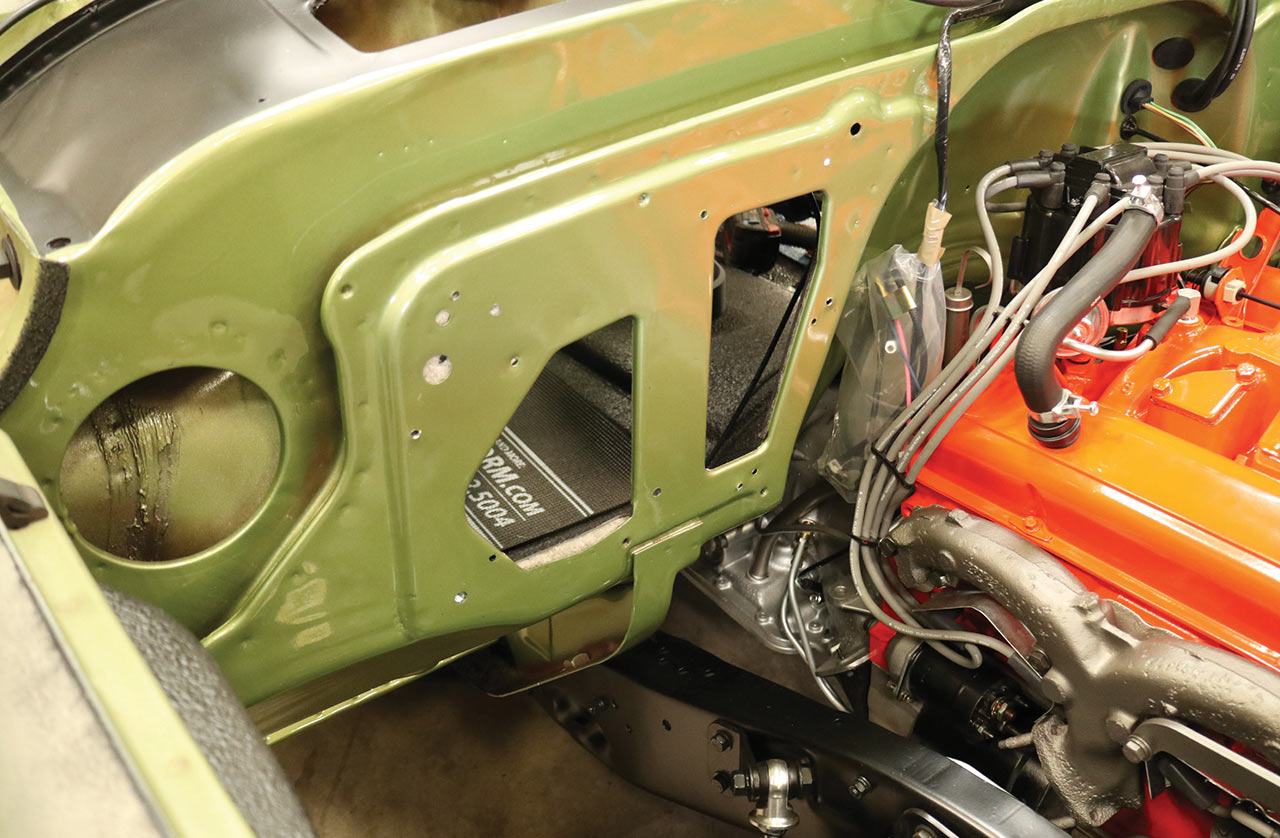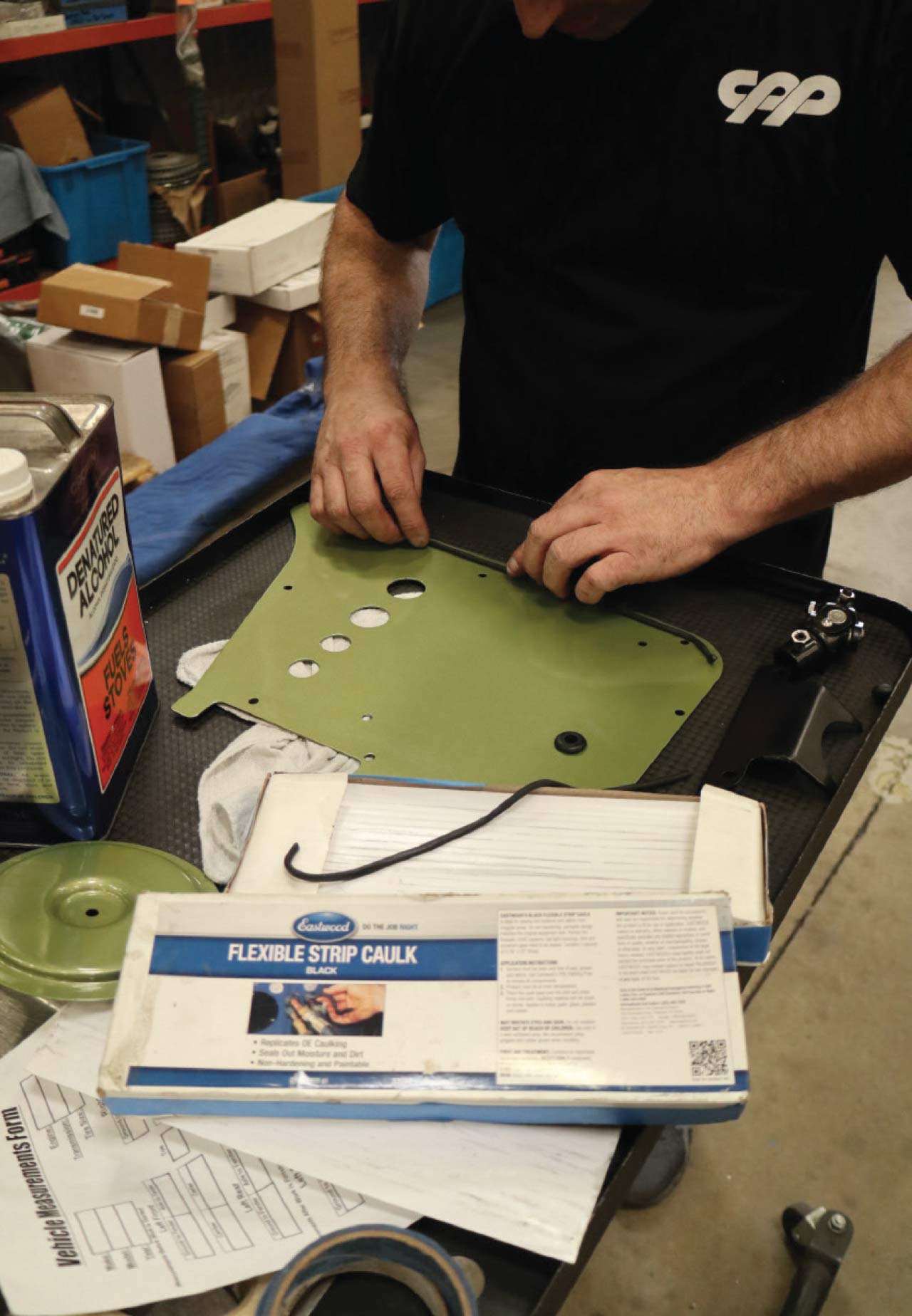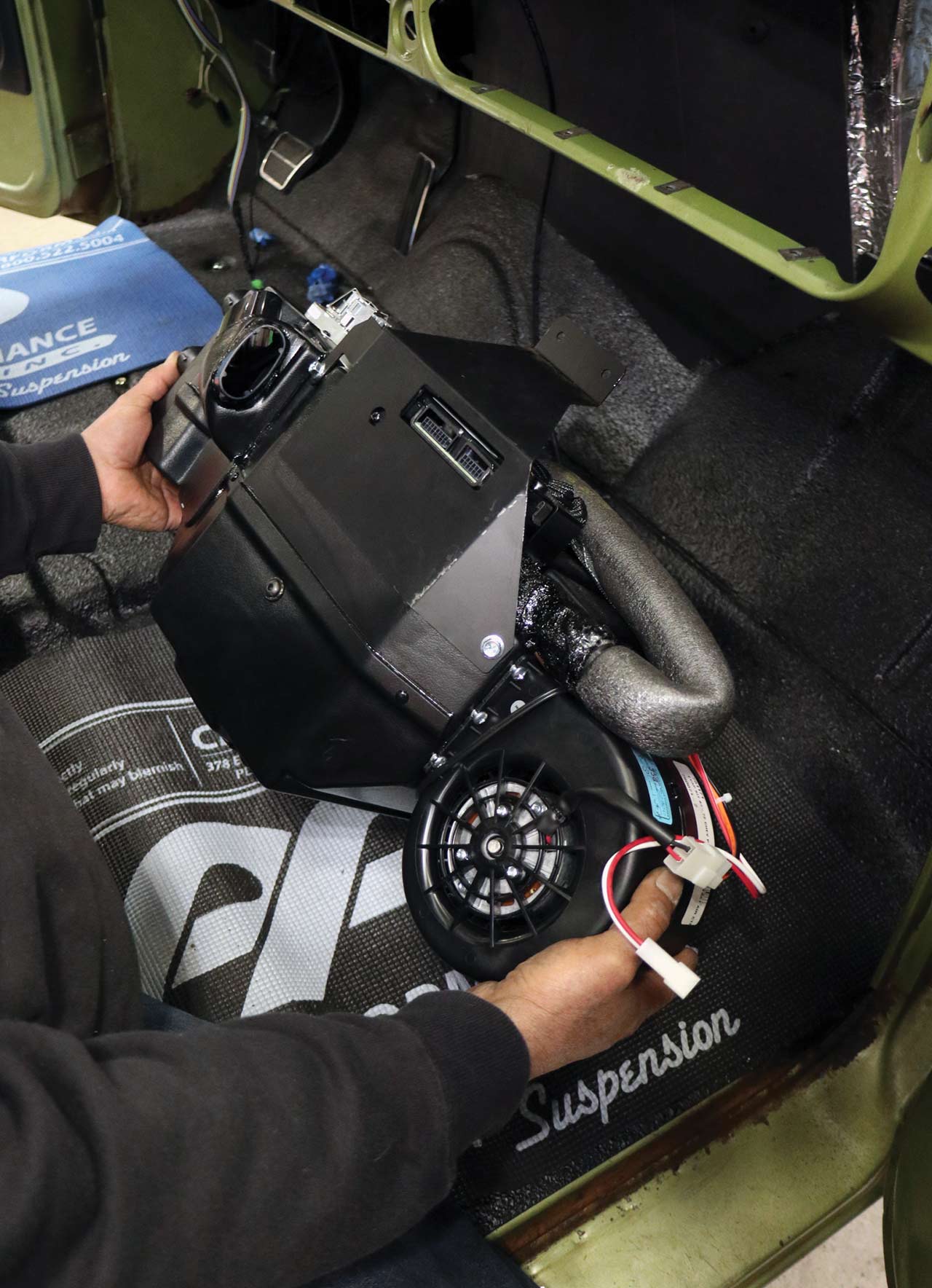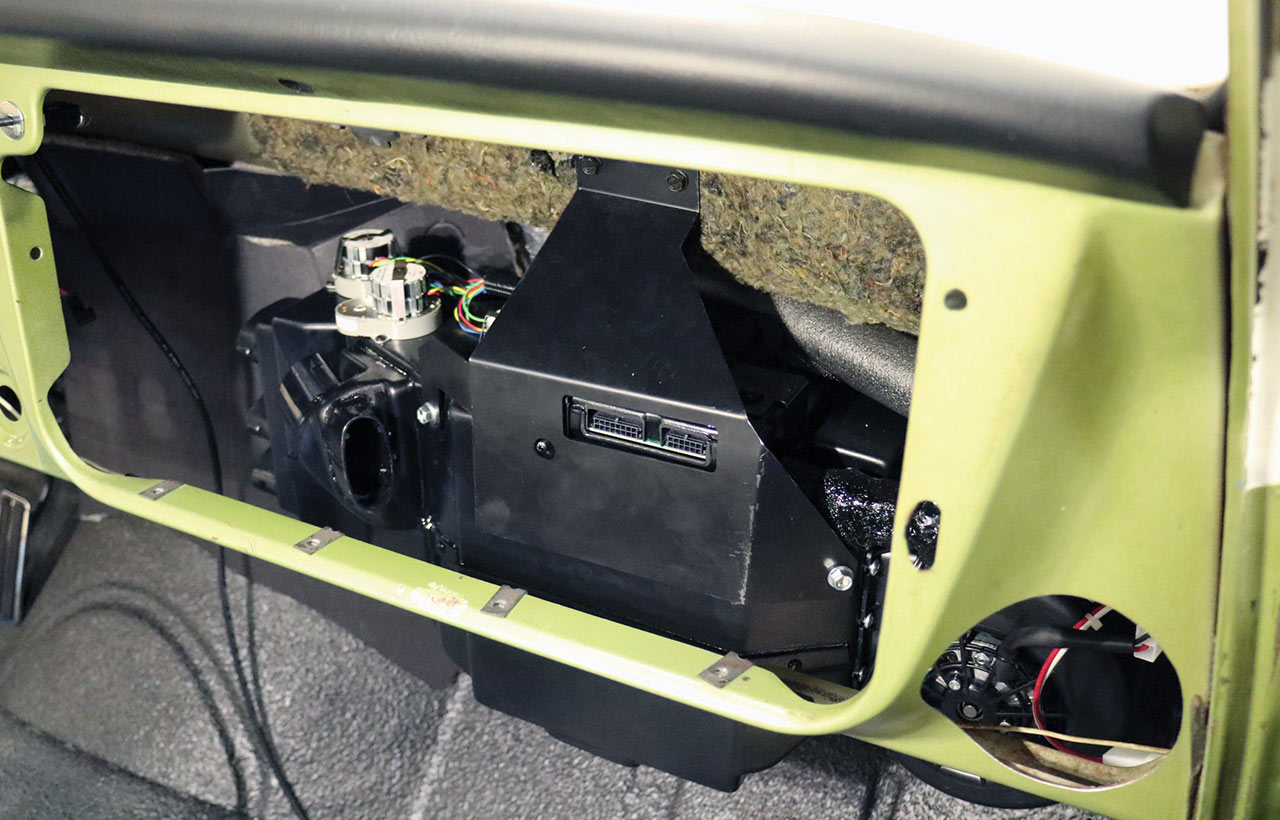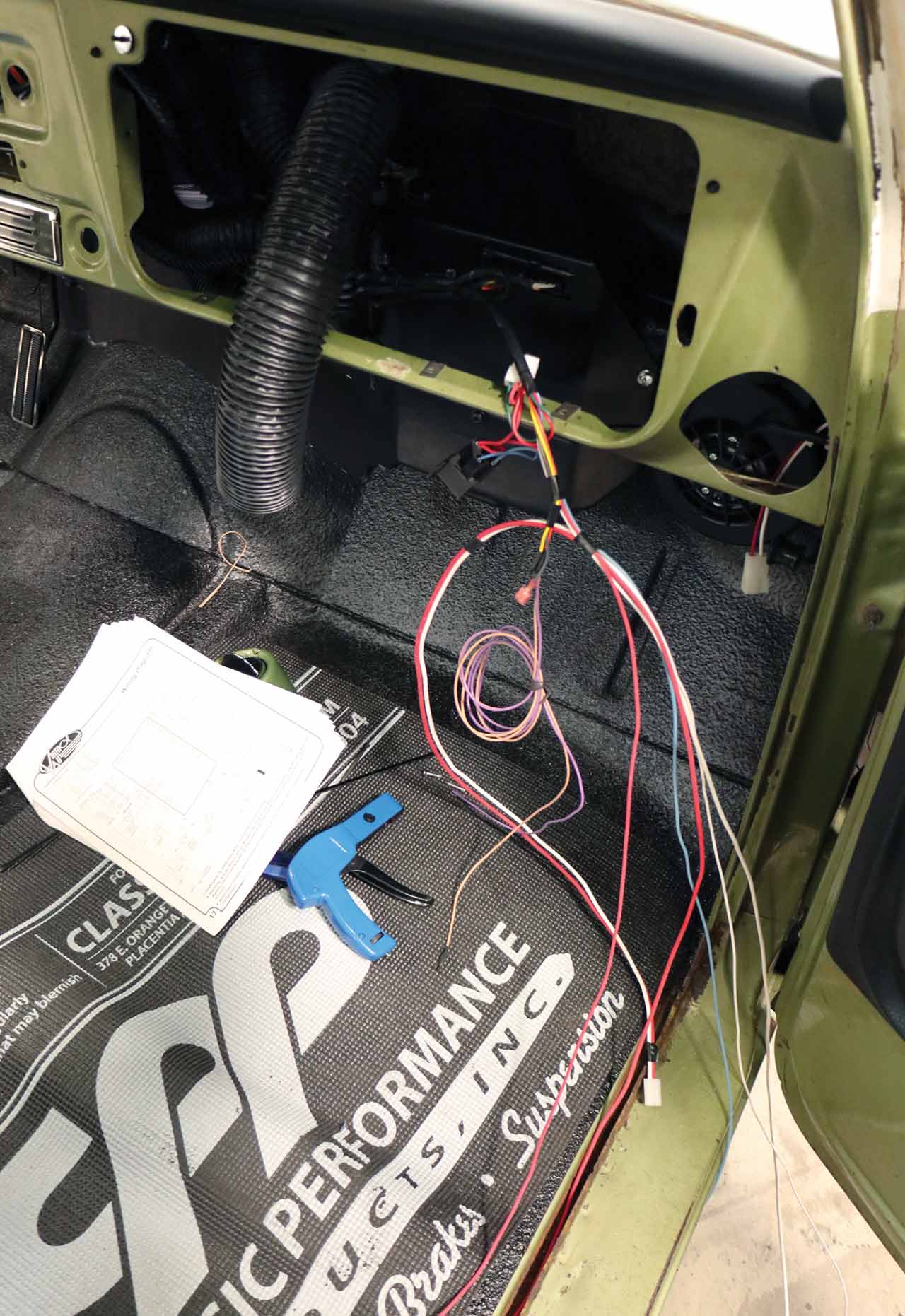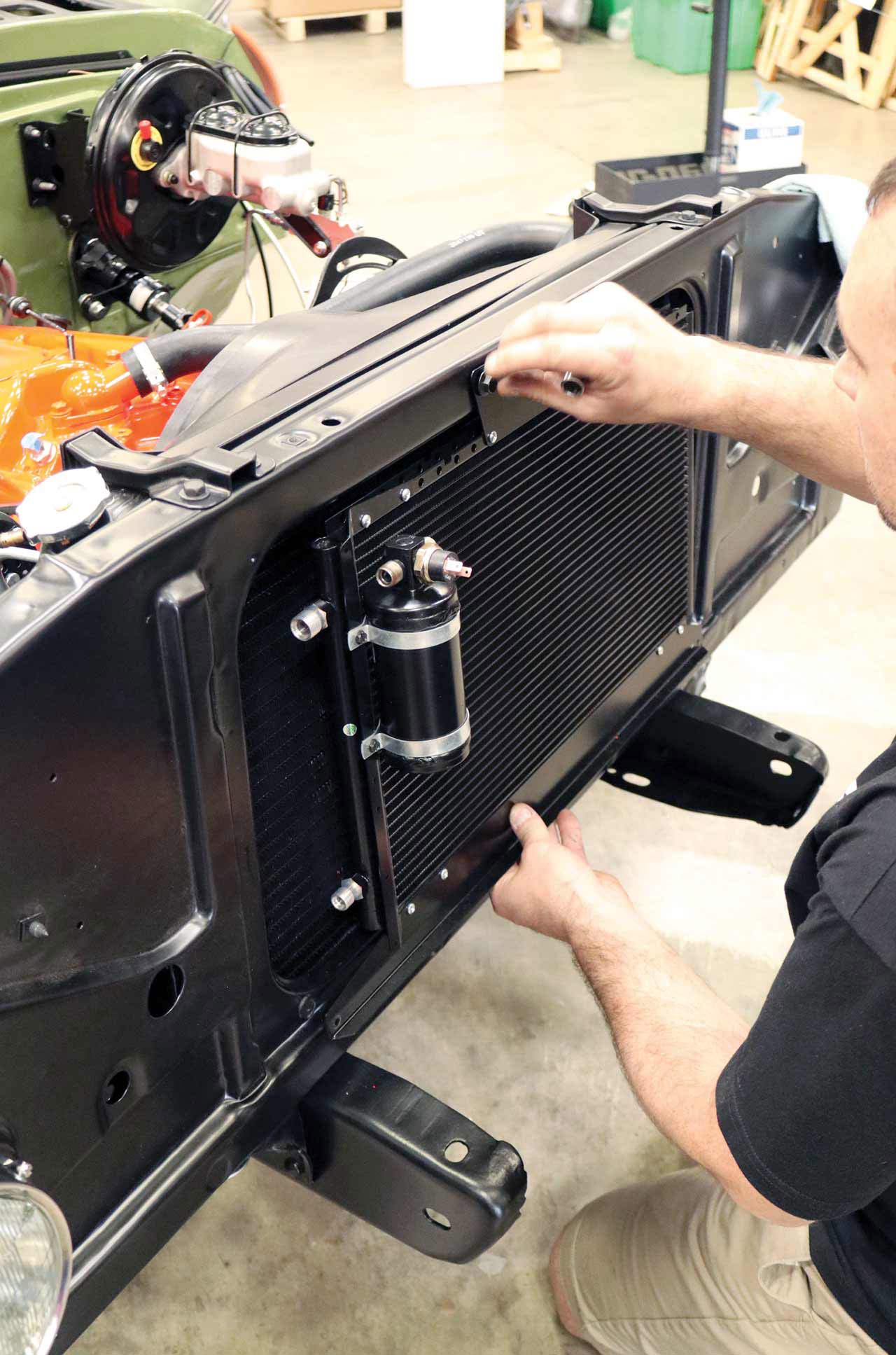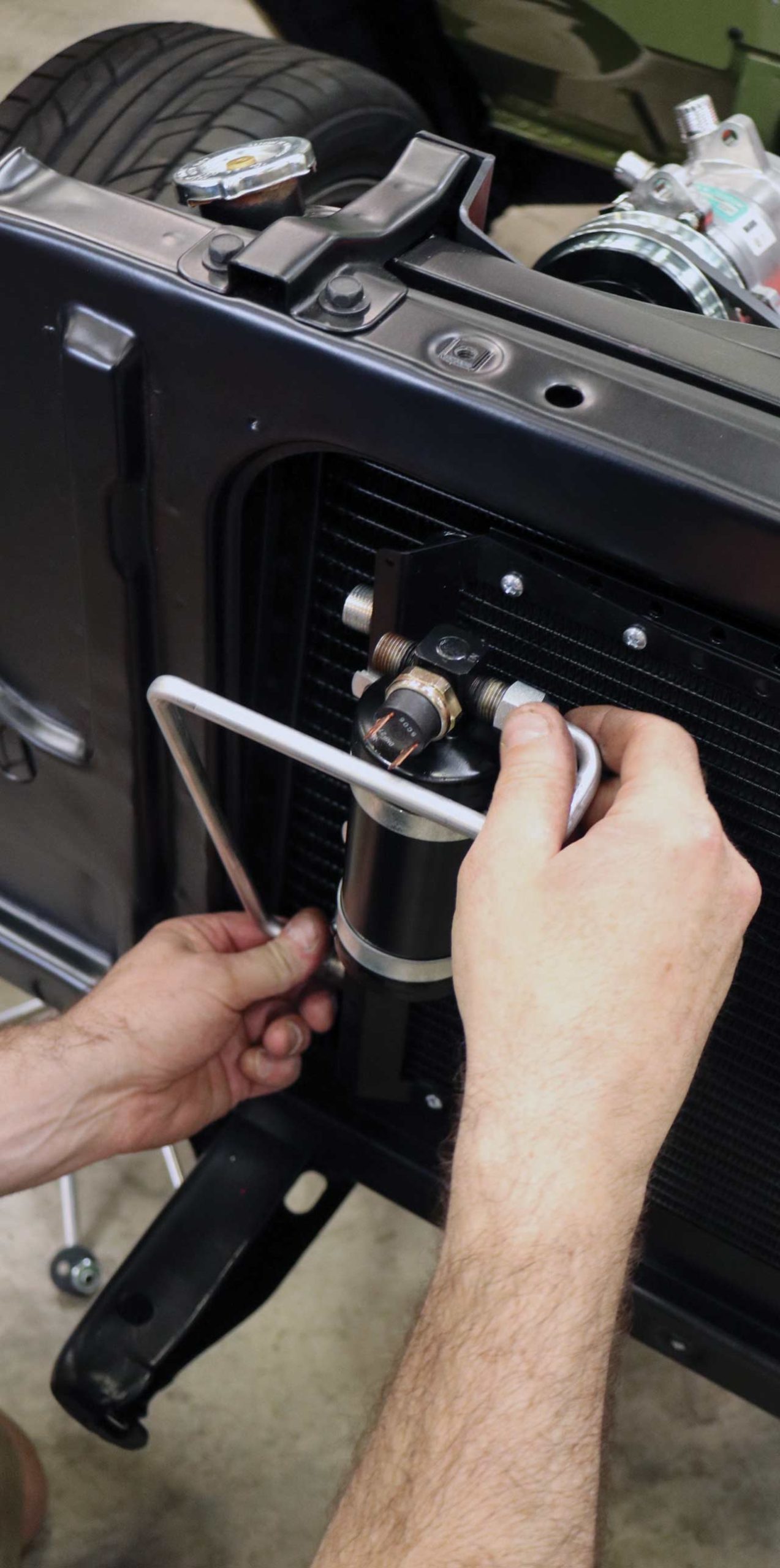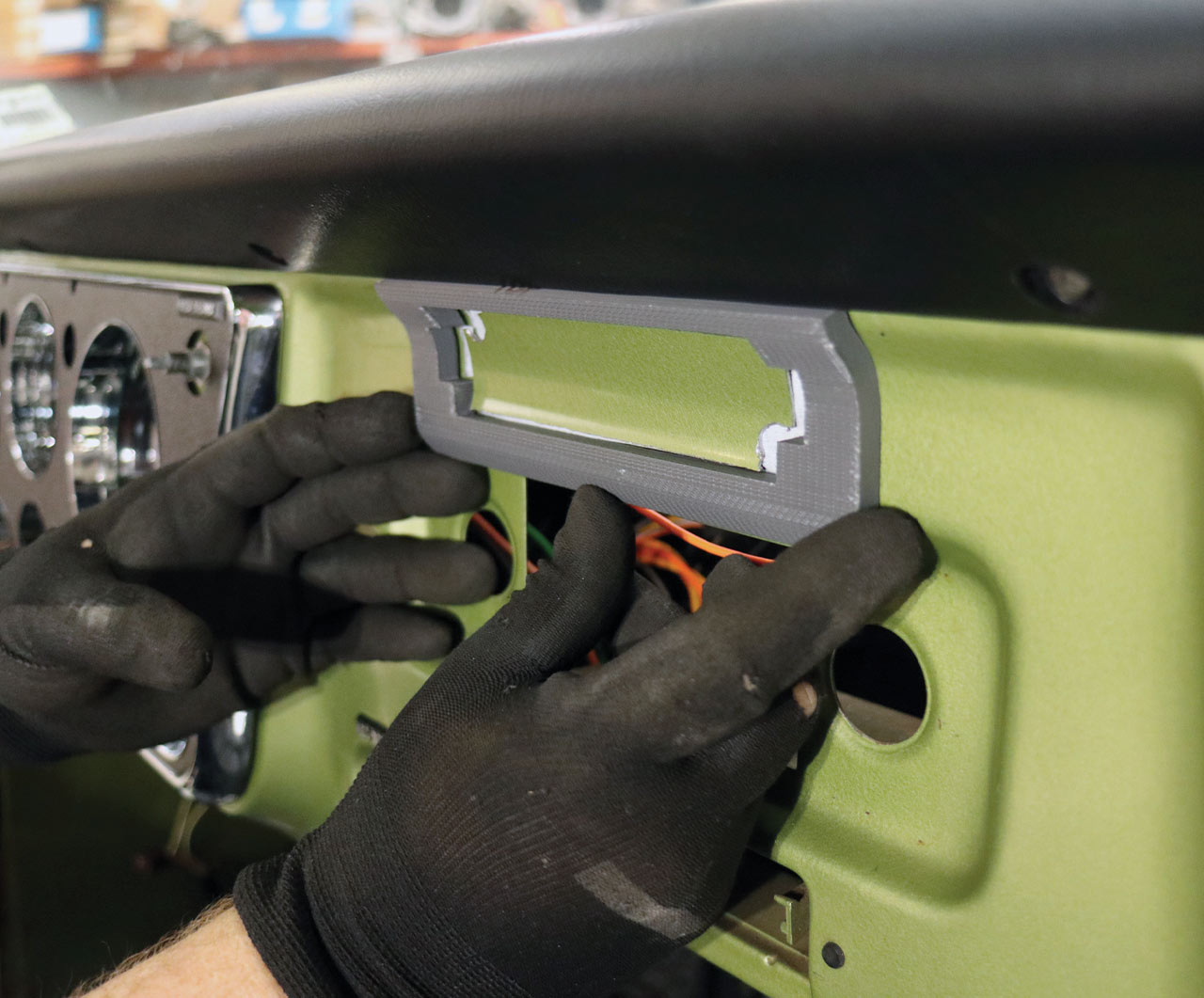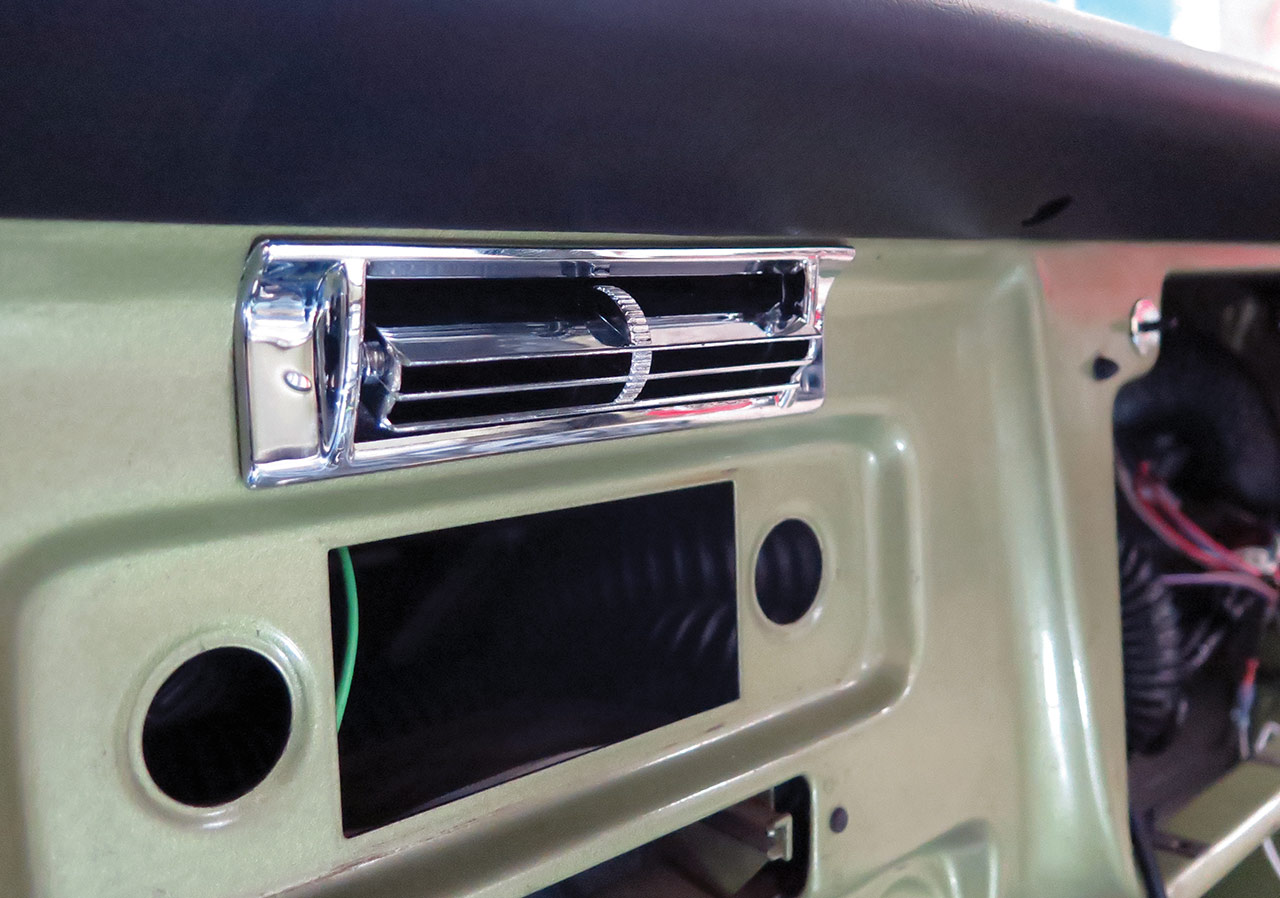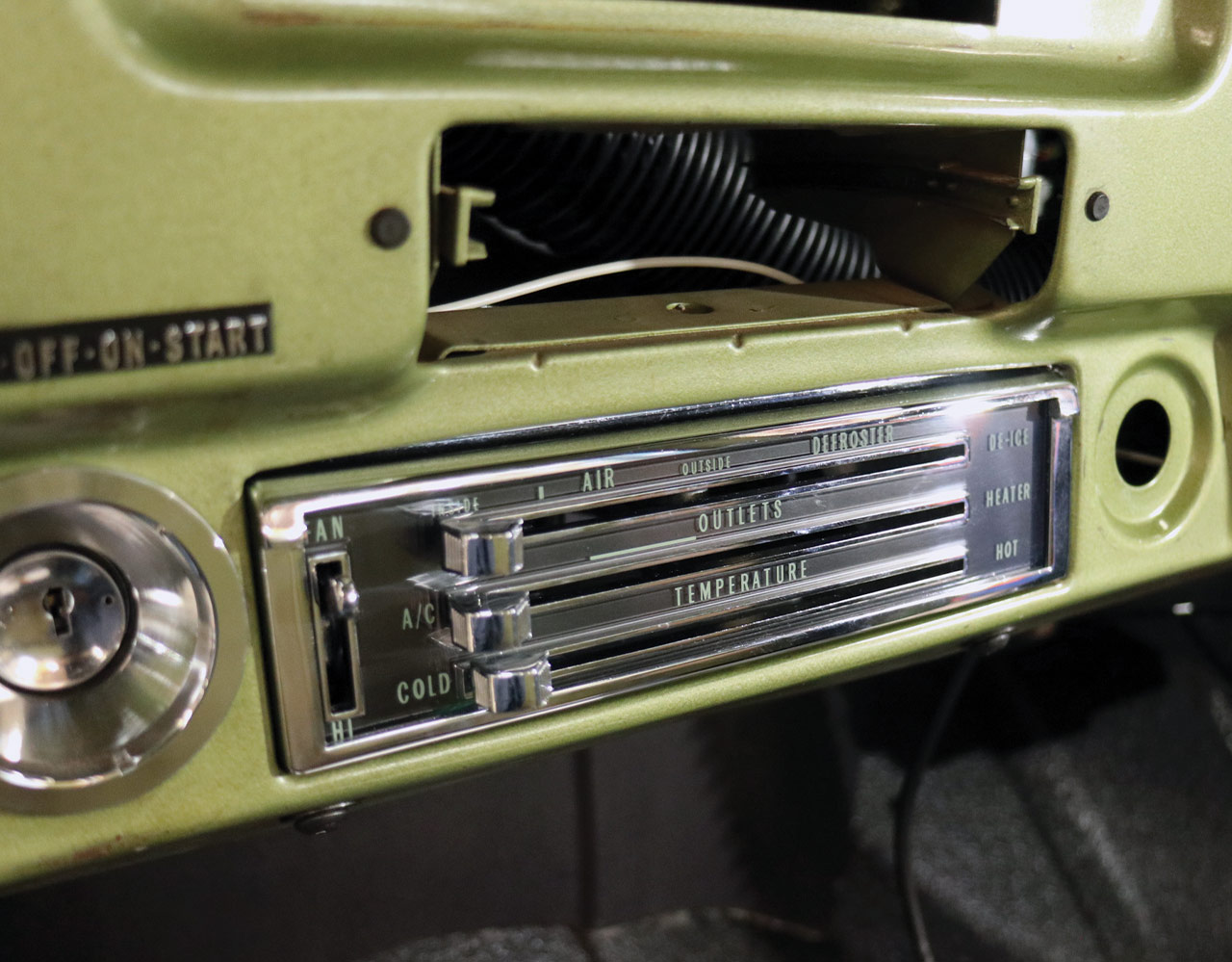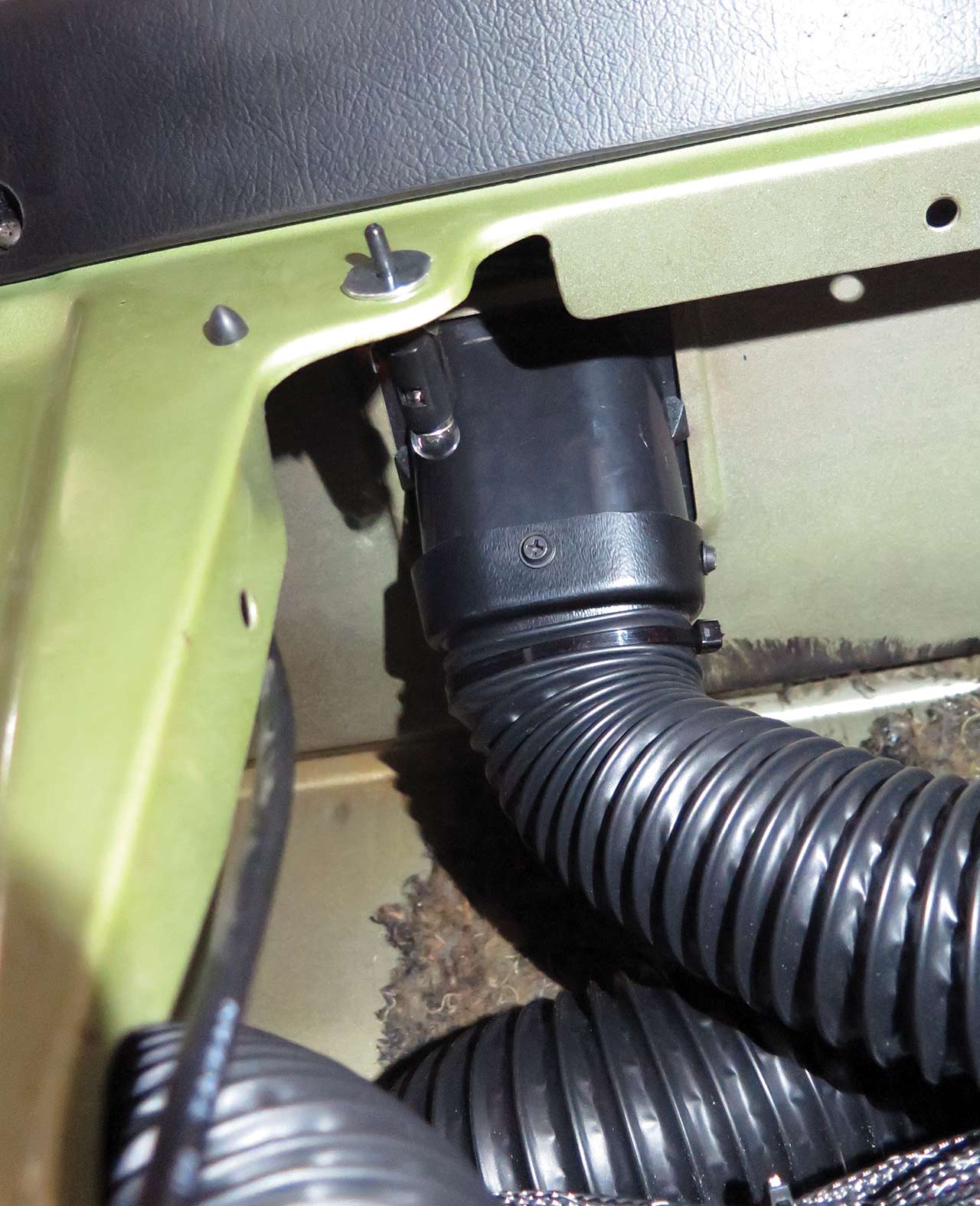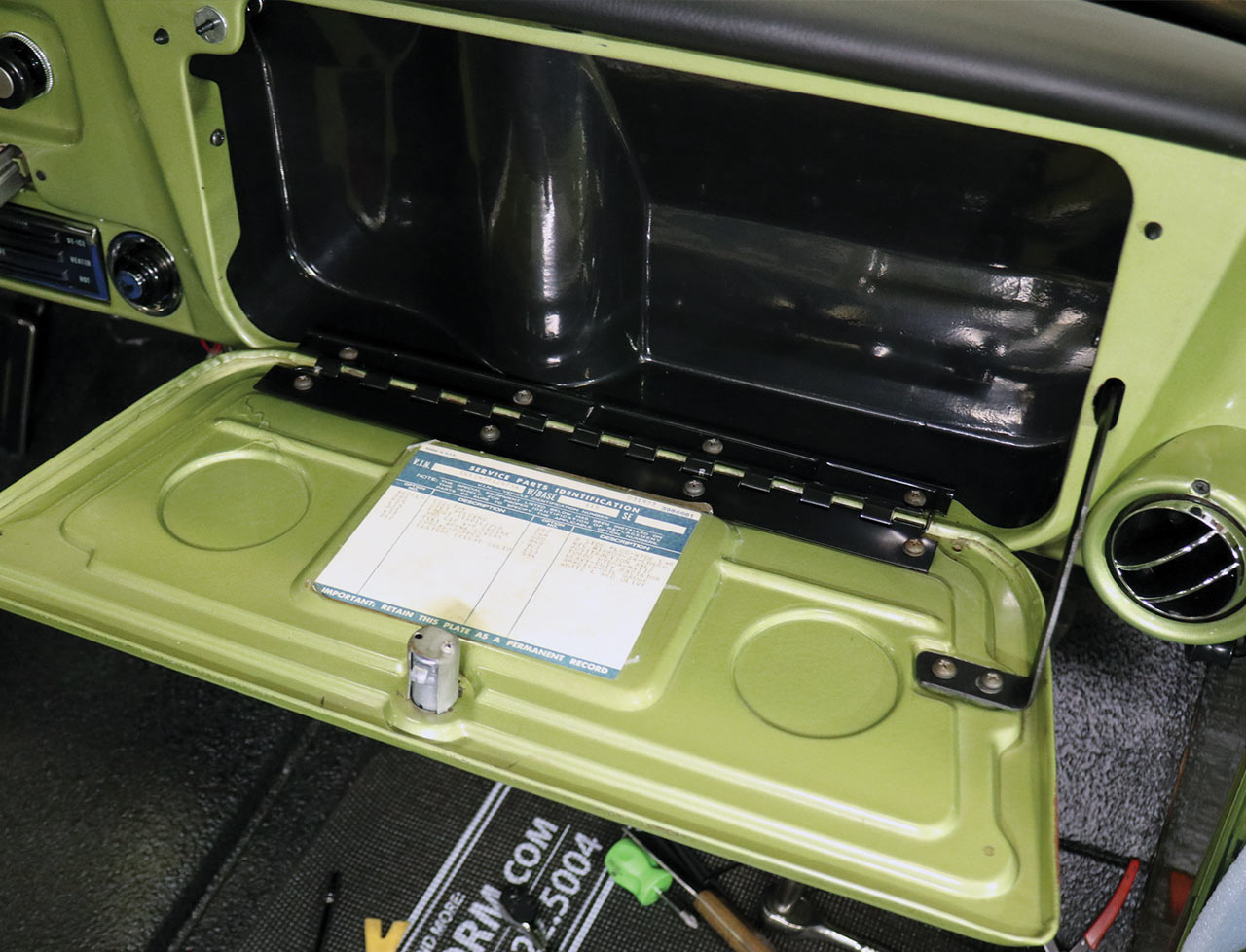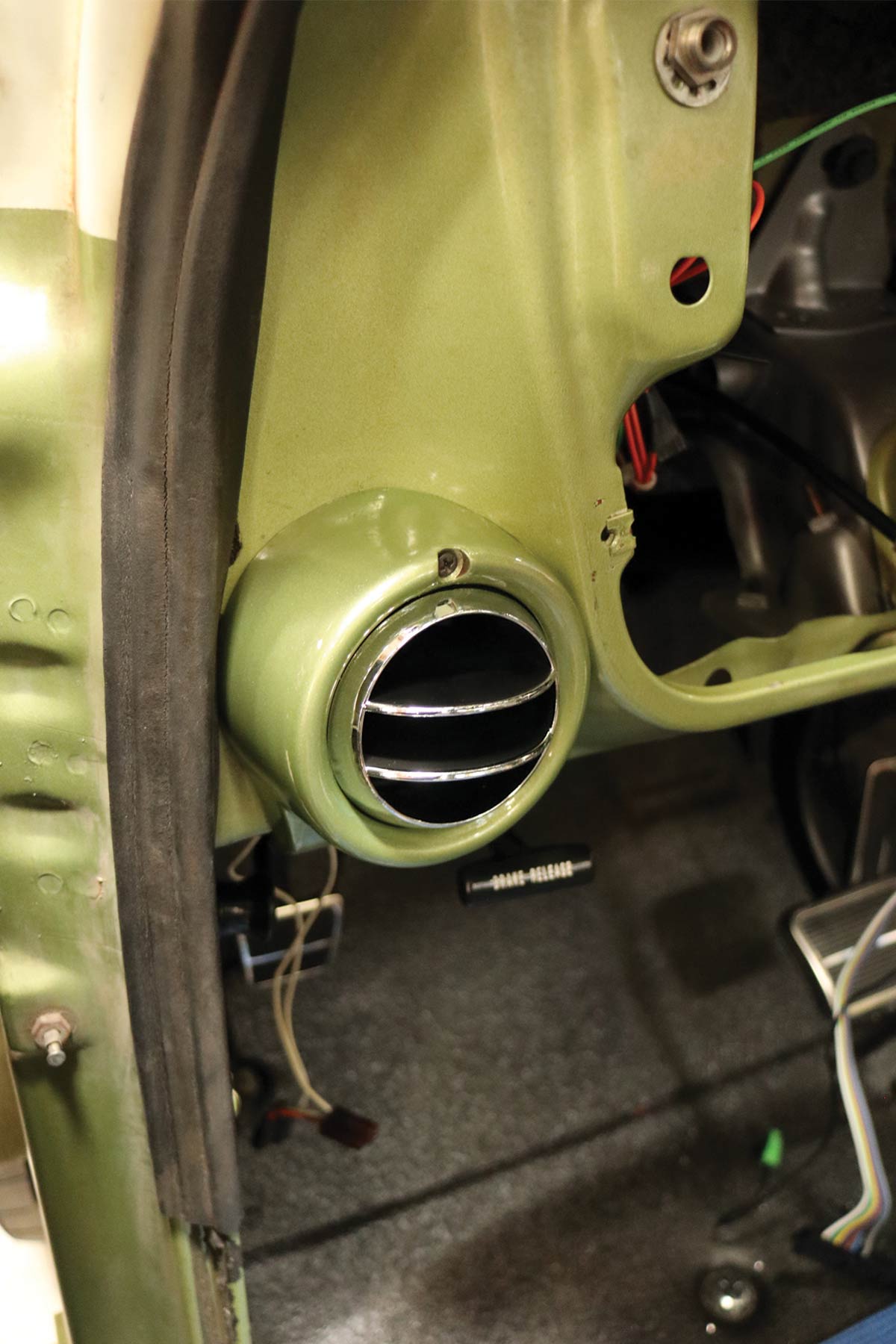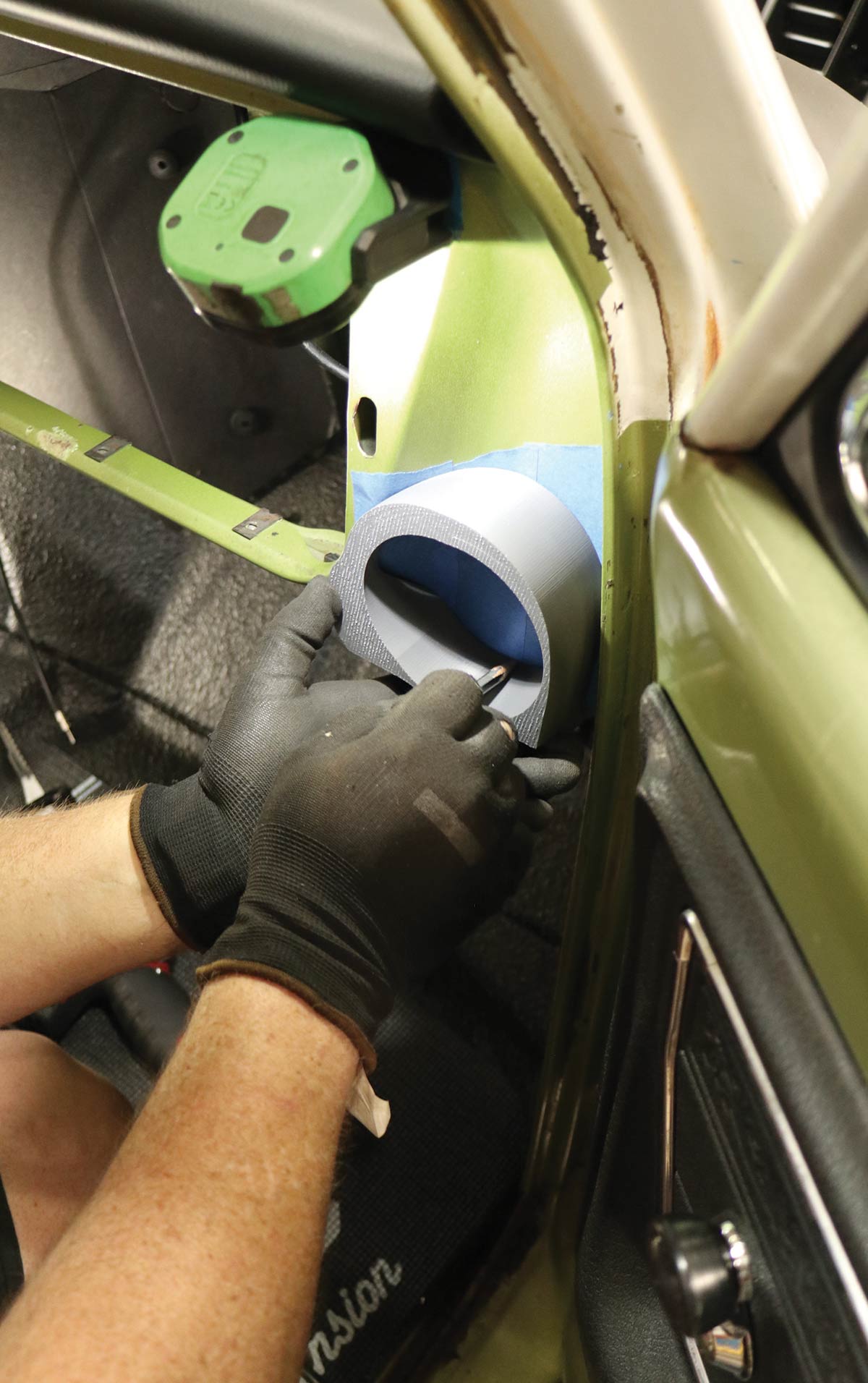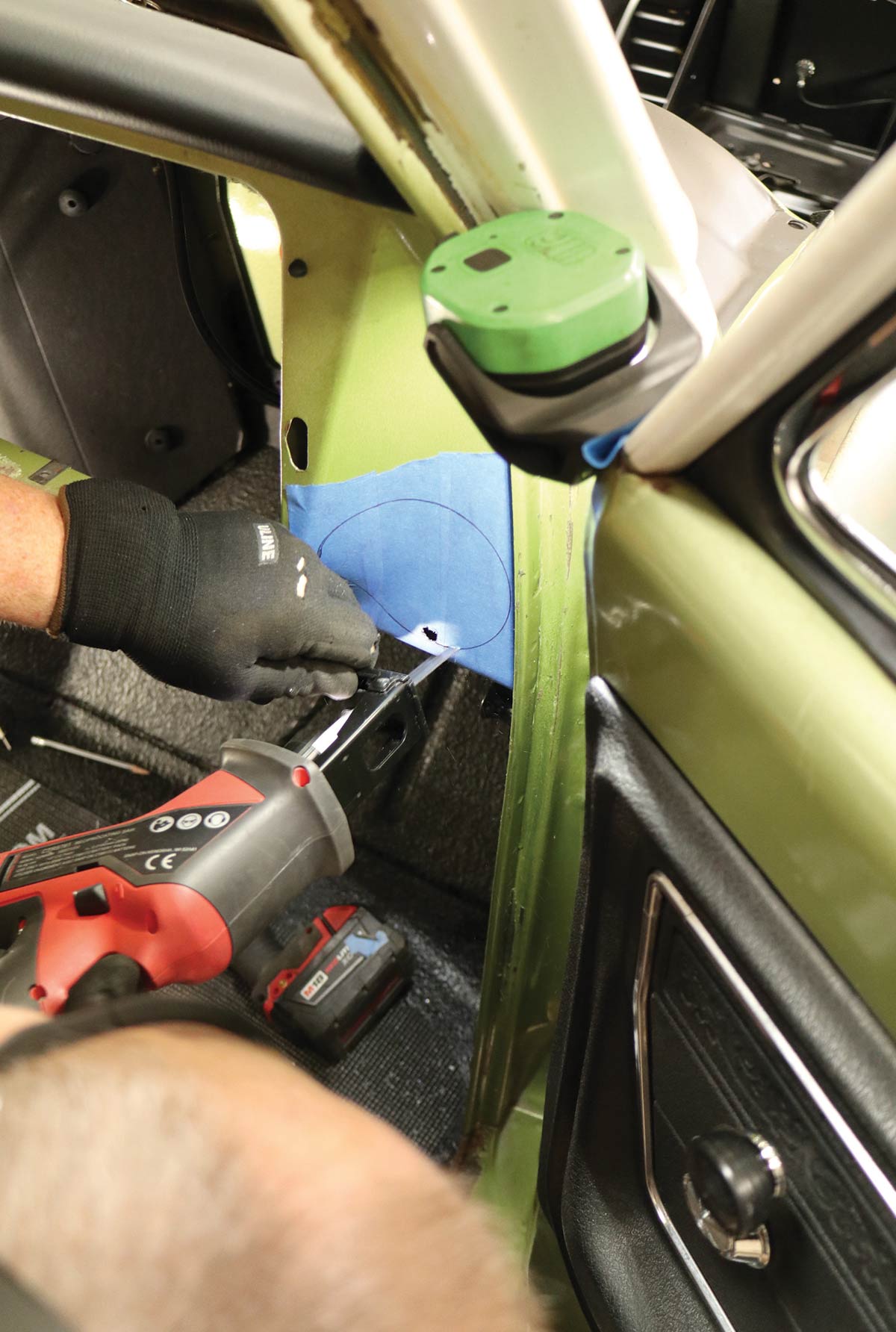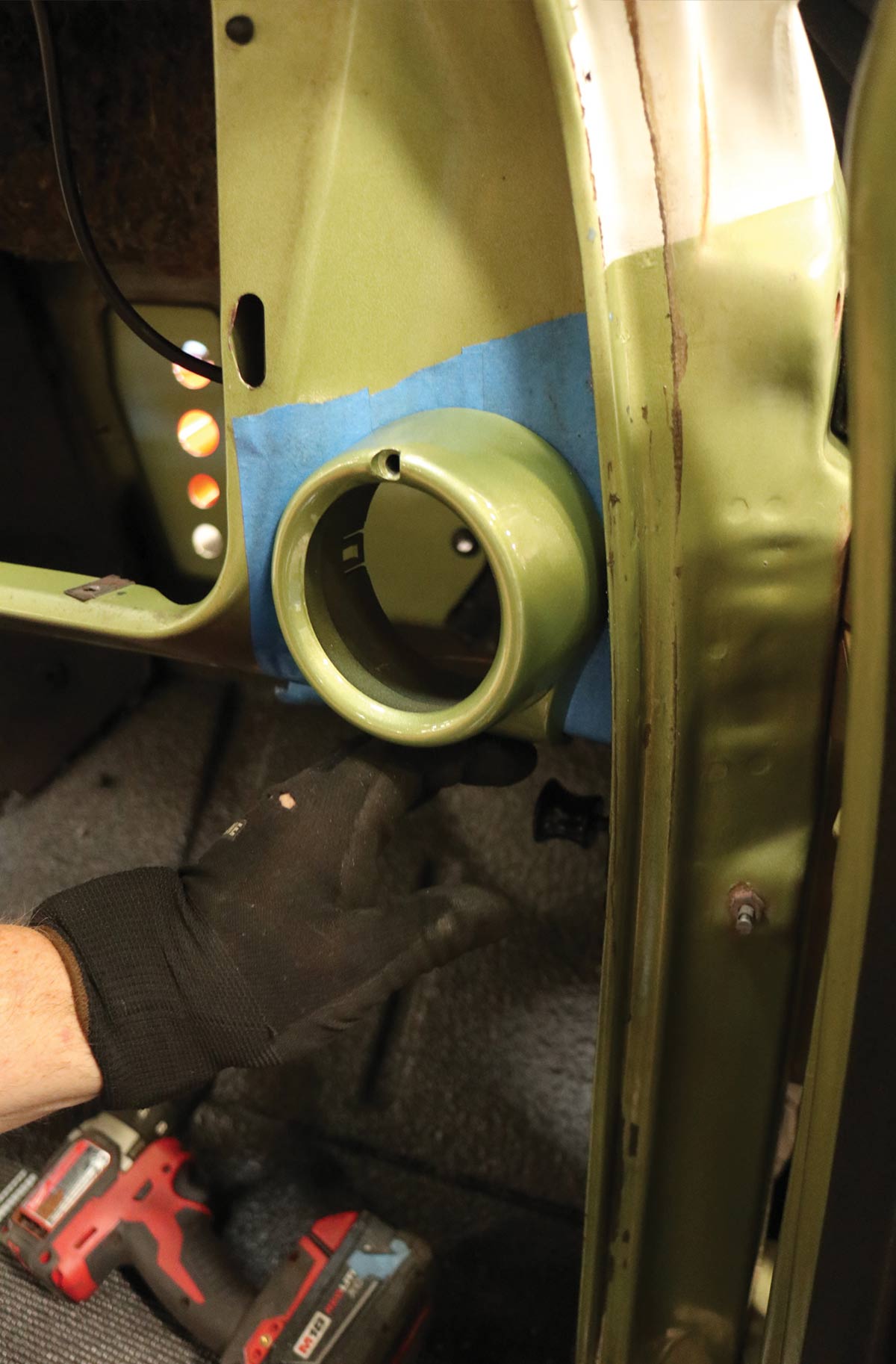Modern Cool
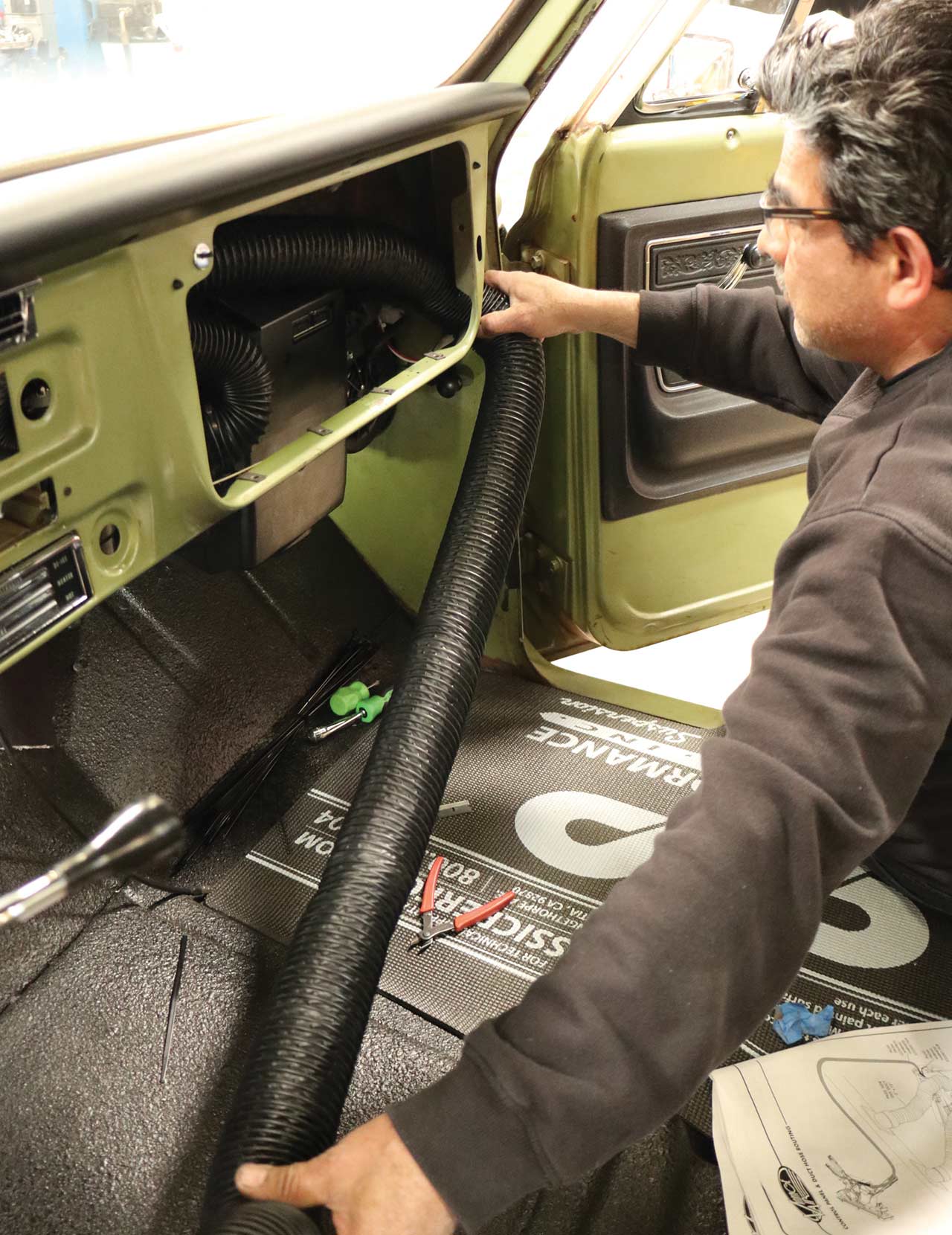
Way back when I was a youngster, air conditioning meant nothing to me—even at the ripe-old age of 21 living in the land of the sun (Arizona), I lived without A/C in my means of transportation as well as my humble abode. Looking back on that, I now realize two things: I was cheap, and a fool (the latter of which may still apply … on occasion!).
Now that I’ve come to my senses 30-odd years later, I not only rack up a hefty utility bill come summertime, I put air conditioning on the priority list of all my vehicles—old and new. While choosing the appropriately optioned new(er) car or truck is simple enough, similarly equipping anything of substantial vintage may not always fit the simplicity factor in many people’s minds—but in reality, when it comes to most popular classic trucks, it couldn’t be simpler, thanks to Vintage Air.
Whether it’s a 1967 Camaro or a 1967 C10 pickup, cooling the inner confines in these modern times is a breeze—no pun intended. Vintage Air has worked out all the fitment bugs and system compatibilities so that the end user—you and I—can equip most any roadworthy relic with advanced-technology air conditioning with their series of SureFit A/C systems. I’m not a certified automotive A/C service technician by any means—but I’ve installed a number of Vintage Air units over the past 15-20 years to confidently say, if I can do it, anyone can! Just to illustrate that fact, here’s the lowdown on how to properly cool down your average 1967-1972 C10 pickup.
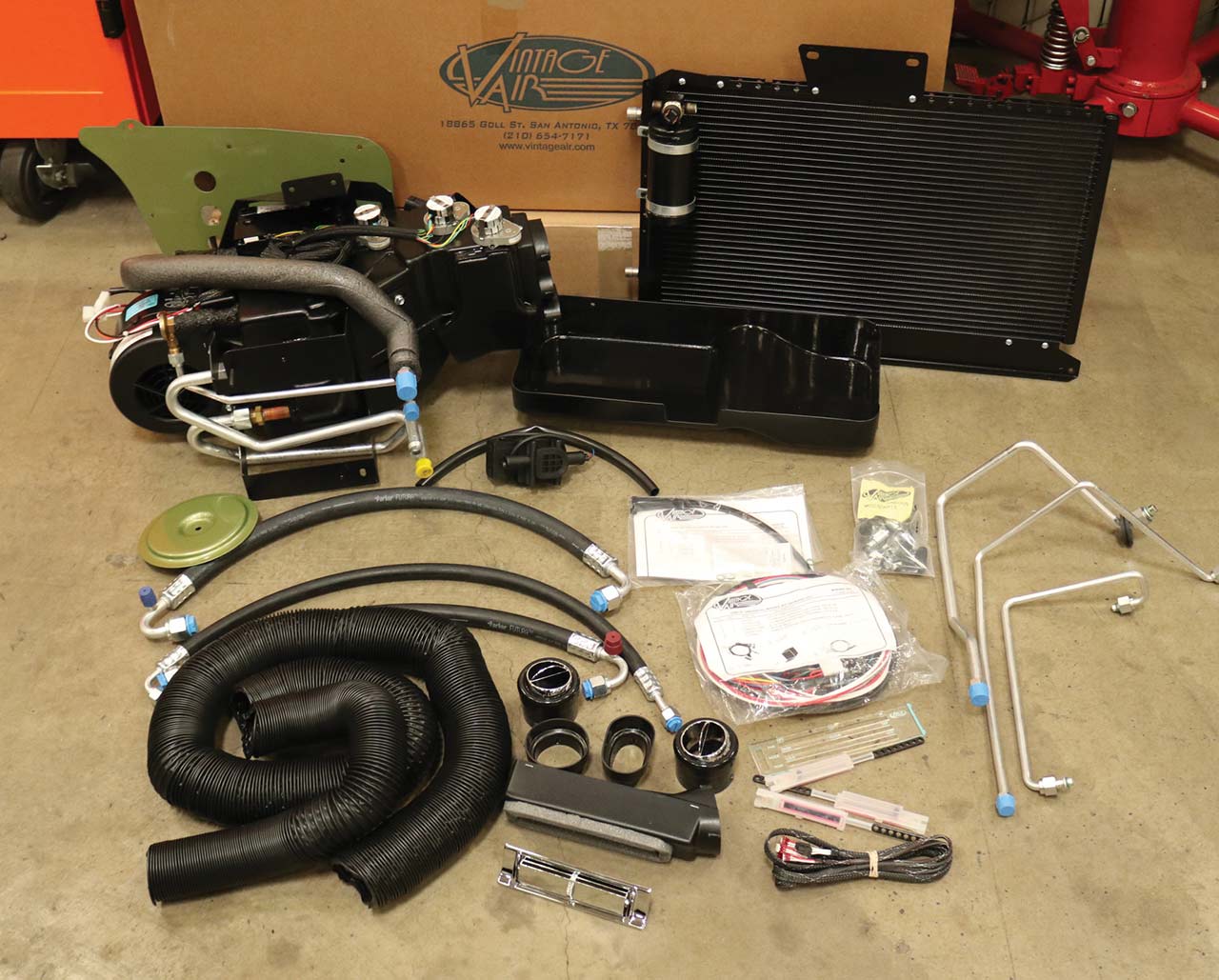
(800) 862-6658
www.vintageair.com
(800) 760-7438
www.classicperform.com
